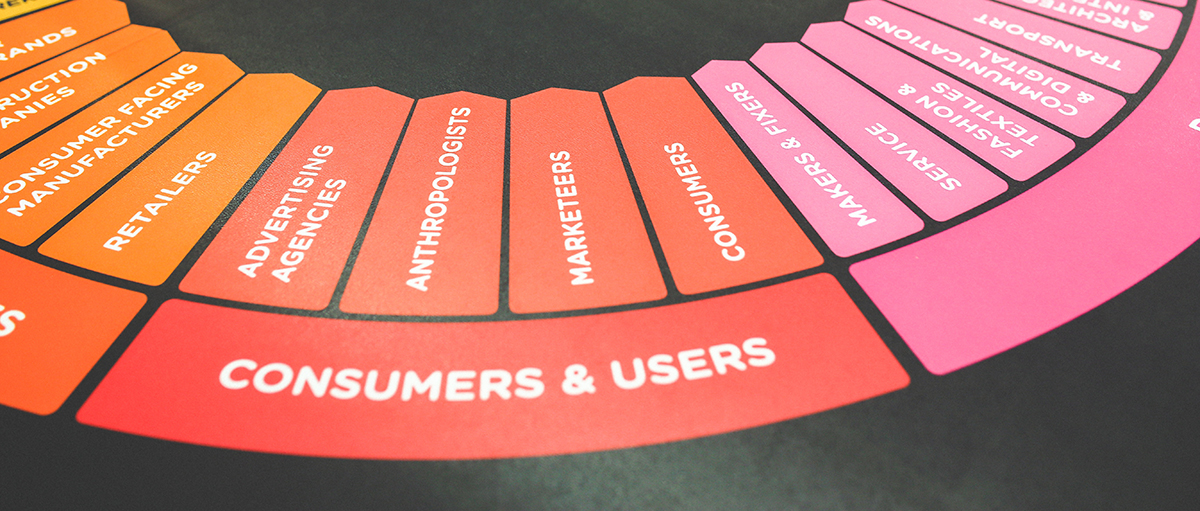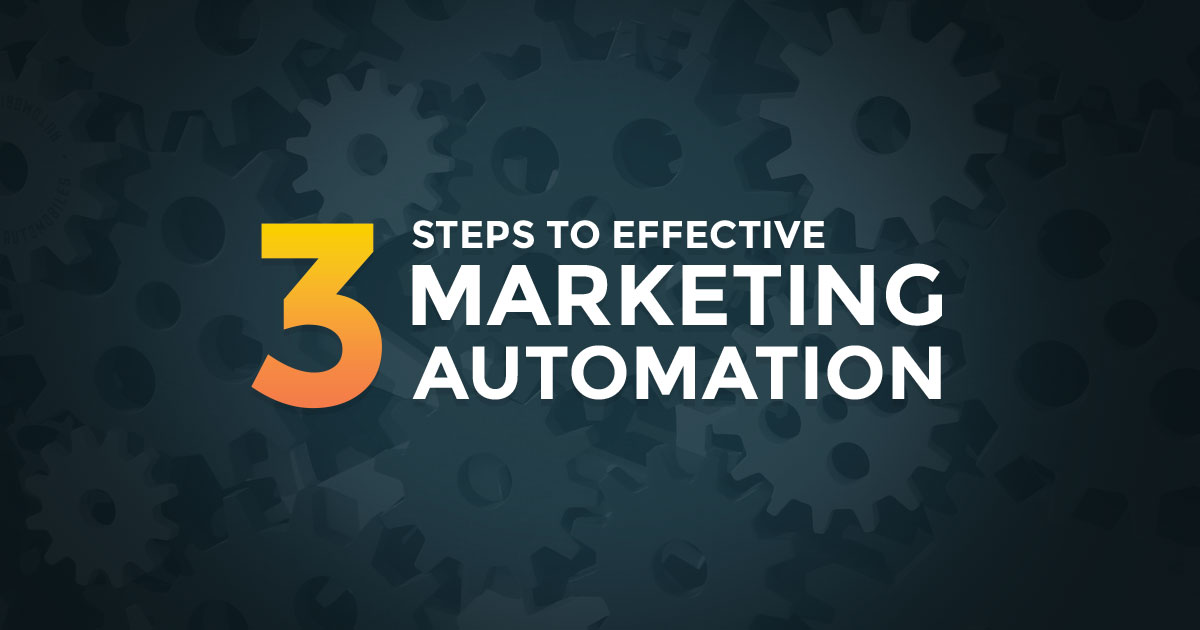
We keep reading about how email as a channel is dying. We keep hearing that email is a medium that is becoming less and less effective, and that technologies such as AI and voice will kill off what little of email was left standing since the introduction of GDPR back in May.
But email is still with us. In fact, it keeps proving to be a popular communications channel for marketers, not least because it continues to be effective. Even after GDPR, the DMA points out that 73% of the public still prefers email as the primary marketing channel for brands to contact them. That’s nearly three quarters of the public preferring to receive emails from brands, rather than messages through social media, text message, retargeting ads, messenger apps, push notifications or any other medium that was supposedly supposed to signal the death of email marketing.
That’s good news for marketers that still have email as part of their strategy, but that 73% only tells part of the story. Because whilst consumers are happy to receive emails from brands, they are becoming much more expectant from the emails that they do receive. Emails that are simply addressed “Hello” don’t cut it – consumers expect a much more personalised experience.
Research by Pure360 suggests that that basic personalisation fails to engage consumers in any real way, with just 8% of survey respondents said that they would be encouraged to engage with a retail brand if they addressed them by their first name. Data from Infosys appears to support this, with 31% of consumers claiming to want their shopping experience to be far more personalised than it currently is.
The data dilemma

However, there’s a problem. This level of personalisation requires data and, particularly in light of recent events, the whole issue of “data” is something that both consumers and brands are becoming increasingly wary of – at least, that’s the perception.
But despite a common narrative emerging that consumers in particular are becoming more careful about how and to whom they divulge their personal data, the evidence does not necessarily support it. One Salesforce survey of 7,000 consumers suggests that 57% of consumers are willing to share personal data in exchange for personalised offers or discounts. Similarly, 52% of consumers would share personal data in exchange for product recommendations, and 53% would do the same for personalised shopping experiences.
So the issue is not necessarily that consumers are less willing to part with their data. Instead, it would seem that the issue is that organisations are not as proficient at collecting, understanding and using data as they need to be in order to meet these expectations. When nearly four-fifths (78%) of marketers admit that they are only using first name personalisation to customise messages, it highlights where the issues really are.
Growing audience understanding

This last of data is ultimately harming not only how brands can tailor their emails to the needs of their audiences, but what those brands actually know about their audiences – who they are, their wants and needs, and what makes them react positively to their message.
It also makes it much harder to get the full picture of how your campaigns are performing. Just recently, I have been asked to provide reports on how an email campaign performed based on country of recipient. That, in theory, should be an easy report to produce, but it becomes effectively worthless if the data isn’t in place. There’s limited value that shows that 100% of people in the UK opened an emails – compared to only 7% of people in the US – when only 50% of the people you sent an email to actually have a country field filled in?
In the grand scheme of things missing country data may not be a major issue, but when those missing or flawed data fields are phone numbers, job titles, company names and other key lead vetting criteria, it becomes incredibly difficult to effectively engage with your audience from both a marketing and sales pipeline management perspective.
To meet your audience’s expectations, you need to get to know them

GDPR and the various data scandals that we have seen in 2018 have not made it impossible for brands to get to know their audiences. But what they have shown is the scale at which many brands are still unsure about what data they need, how they need to process it and how they can utilise that as part of their marketing efforts. This was a problem before GDPR, but the introduction of the new regulations have arguably prompted some brands to take an even more cautious and conservative approach.
But flawed, incomplete and badly used data is not going to help either your marketing communications, or your sales pipeline management. These processes rely on audience insight, on gathering intelligence about their behaviours and needs, and on understanding what they do and don’t react to.
Ensure that you are gathering and processing the right data with carefully optimised forms and landing pages, and keep introducing new content to those audiences as part of both your top-of-funnel (TOFU) lead generation and your middle and bottom-of-funnel (MOFU / BOFU) lead nurturing and prospecting strategies.
Make sure that you get the value exchange right. Lots of brands ask audiences for data without offering something tangible in return, or by offering something of a value that isn’t commensurate with the value of the data being requested.
And think creatively to engage your audiences on a different level. Take into account their geography, the weather, their website & email behaviour or historic purchases (both B2B and B2C) and really tailor your communications to their individual needs, moments and behaviour triggers.
When you do that, it will become apparent just how effective and creative email marketing still is as part of your overall sales and marketing strategy.
Want to learn more?

Marketing automation has become a significant focus for organisations looking to drive efficiencies in their marketing, sales and lead generation strategies. But despite this increased focus and investment, many brands are struggling to realise how the right automation strategies and tactics can make their marketing and sales operations more efficient and effective.
Three steps to effective marketing automation will discuss how to develop and deploy a marketing automation strategy from the ground up, focusing on key challenges such as lead generation, prospecting and sales nuturing, to ensure that your sales and marketing teams are focusing their efforts in the right areas.
What you’ll get from this guide:
- The business case for marketing automation, and how it can transform your sales and marketing strategy.
- The three core pillars behind effective marketing automation and lead generation, and how you can make them work for you.
- How to determine whether an Inbound, account based marketing (ABM) or a hybrid approach is most appropriate for your organisation and its objectives.
- How lead scoring and eCRM techniques can generate much more insight and intelligence about your leads as they go through the purchasing process.
- How to effectively audit, manage and create your content assets, ensuring that the right communications reach the right leads at the right time.
- How to effectively nurture your leads for better sales conversations.


